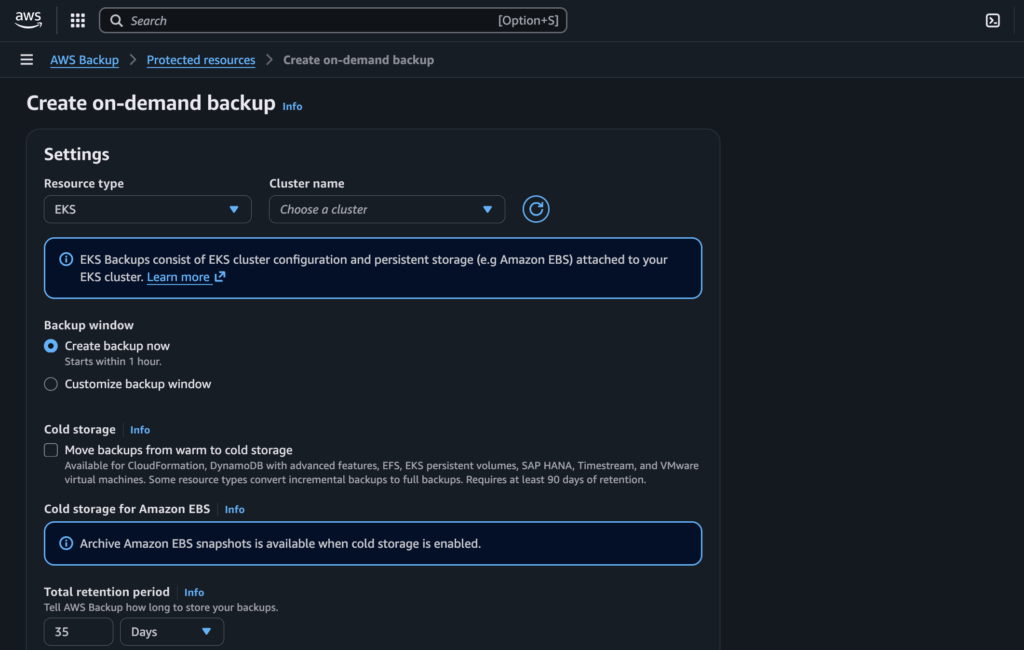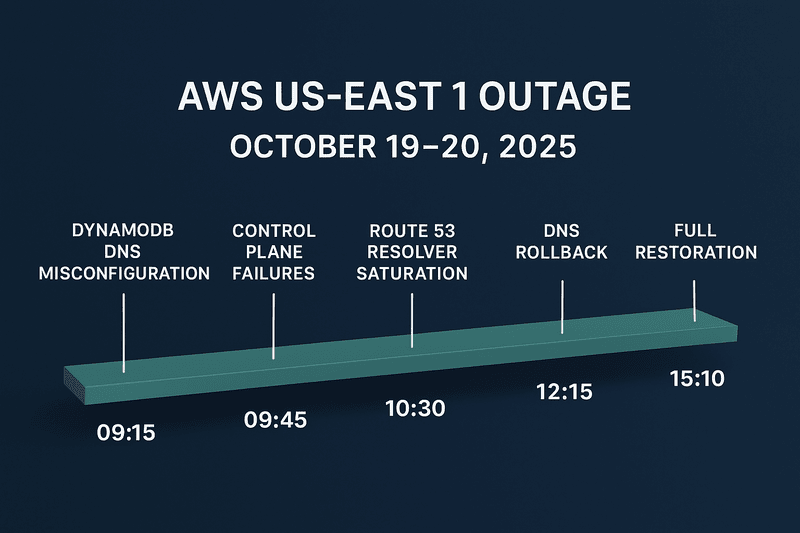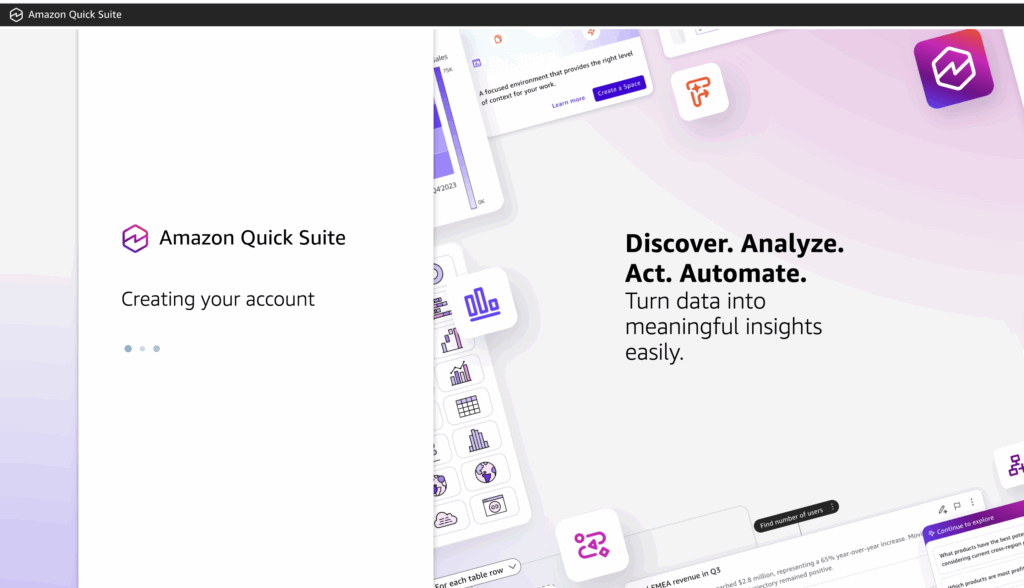Think of Amazon S3 as a huge online storage closet. Just like you might rent a storage unit in the real world to keep your boxes of stuff, Amazon S3 lets you store digital files on the internet.
You can open your closet and put in family photos, documents, videos—any kind of file—knowing they’ll be safe and you can reach them whenever you want.
Real-Life Examples
Photo Album at a Storage Facility
- Physical World: You have loads of photo albums, and you decide to store them in a safe, climate-controlled storage unit to ensure they don’t get damaged.
- Amazon S3: You can upload all your digital photos to S3. They’ll be safe (Amazon handles security and backups), and you can grab them anytime you want—like opening your digital locker on demand.
Important Documents in a Bank Vault
- Physical World: You place your birth certificate or property deed in a secure bank vault because it’s highly valuable and you can’t afford to lose it.
- Amazon S3: You can store crucial business documents (invoices, receipts, and reports) in S3 for long-term safekeeping. S3 automatically manages copies of your files so if something goes wrong on one server, another copy is still safe elsewhere.
Video Library in a Warehouse
- Physical World: You have a collection of DVDs and tapes you want out of your house because they’re taking up space. You keep them in a warehouse and retrieve them only when needed.
- Amazon S3: If you have large video files (like for a YouTube channel or training materials), S3 can keep them stored. You only download (or “pull out”) these files when you need to stream or edit them.
Online Photo/Video Sharing
- Physical World: Imagine you want to share some physical prints of photos with your family across the country. You’d have to mail them, or they’d need to visit your storage unit.
- Amazon S3: You can give secure links to your files or images in S3 so other people can see or download them without needing a copy stored on their device.
Common Use Cases for Amazon S3
Backup and Recovery
- Why: Everyone needs a safe place to back up their data. From personal documents to business-critical databases, having a remote copy in the cloud prevents loss due to hardware failures or disasters.
- Example: A small business regularly saves weekly backups of its customer records to an S3 bucket. If their office computer crashes, they can restore from S3.
Static Website Hosting
- Why: Sometimes you just have a simple site (like a portfolio or informational page) that doesn’t need a fancy server.
- Example: A photographer hosts an online portfolio of images directly from an S3 bucket. There’s no need for a traditional server; the images and site files sit in S3, and visitors can view them via a web browser.
Media Storage for Streaming
- Why: Videos and audio files can be huge and need to be streamed quickly. S3 integrates well with other AWS services that can help distribute content globally.
- Example: A startup builds an online learning platform and stores all video lectures on S3. Users watch these lectures through a streaming service that fetches the files from S3.
Data Lakes & Big Data Analytics
- Why: A data lake is a centralized place to keep massive amounts of raw data until you need to process it. S3 is cost-effective for large-scale storage.
- Example: A retail chain stores all sales transactions, web logs, and other data in S3. They use AWS analytics tools to analyze trends or generate sales reports directly from the data stored in S3.
Software and Application Assets
- Why: Applications often need to serve images, documents, or downloadable files to users. S3 offers high reliability and easy access.
- Example: A mobile app that lets users read e-books or listen to audiobooks stores all these assets in S3. Whenever a user opens a book, the app quickly fetches the file from S3.
Key Points to Remember
- Pay-as-you-go Pricing: You only pay for how much storage you actually use and any data transfer costs.
- Highly Secure: Amazon S3 includes encryption options and strong permission settings.
- Scalable: Whether you have a dozen files or a billion, S3 can handle it. You don’t need to guess how much space you’ll need in advance.
- Always Available: Amazon has data centers around the world. Your data remains available even if a local machine or data center fails.
Conclusion
In short, Amazon S3 is like renting an infinitely large, secure, and organized storage unit on the internet. It’s perfect for keeping everything from personal photos to giant enterprise backups. Whenever you need to put something away or get it back, it’s just a few clicks away!







